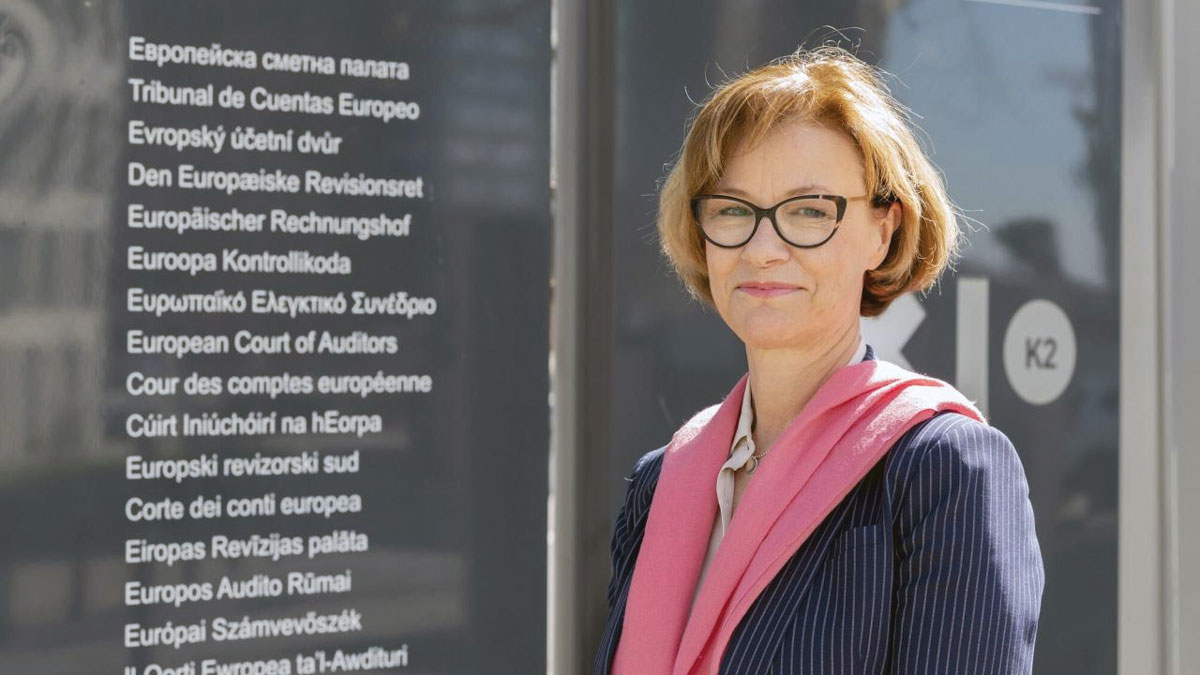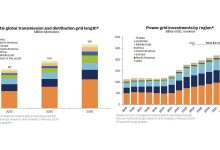Increasing Amount of Hazardous Waste in the EU
Despite EU action to reduce its generation, the amount of hazardous waste generated in the EU has continued to increase since 2004. A review published by the European Court of Auditors sheds light on existing and future challenges in dealing with hazardous waste: improving classification, ensuring traceability, increasing recycling, and combating illegal trafficking, which is still a lucrative business.
“The generation of hazardous waste is on the increase, and the EU has to address this problem”, said Eva Lindström, the member of the European Court of Auditors responsible for the review. “The most preferable ways to handle hazardous waste are recycling and energy recovery. Disposal should only be used as a last resort. However, over 50% of the EU’s hazardous waste is still simply disposed of. In this review, we show that preventing and treating hazardous waste remains challenging, but also presents opportunities”.
The best way to deal with hazardous waste is to prevent it from being produced in the first place. This has been an EU priority since 1991. EU action has focused on influencing how economic operators design and manufacture products, on making polluters responsible for their waste, and on providing consumers with better information.
Despite these initiatives, the amount of hazardous waste generated in the EU is not decreasing.
Hazardous waste must be treated at dedicated treatment facilities according to strict rules and safety requirements. The resulting administrative burden and the higher costs for economic operators create the risk of hazardous waste trafficking, where operators do not declare the waste they generated as being hazardous, and instead dump it illegally or ship it illegally elsewhere. The auditors emphasise that classifying and tracing hazardous waste properly could help to avoid improper treatment and illegal shortcuts, but they note that hazardous waste is classified differently in different member states. The European Commission could also step up its efforts to harmonise applicable EU legislation, the auditors say. Aligning national electronic hazardous waste registers with the planned European register for waste shipping could help hazardous waste to be traced more effectively throughout its life cycle.
Hazardous waste should ideally be prepared for reuse or recycled. However, much hazardous waste is not suitable for reuse, and recycling is constrained by technical difficulties and the lack of market opportunities for recycled output. In the review, the auditors point out that improving recycling technologies and capacity would offer opportunities: for example, recovering critical raw materials from electronic appliances and other waste would support the EU’s strategic autonomy.
Trafficking and illegally dumping hazardous waste remains a lucrative business: annual revenues are estimated to be between €1.5 billion and €1.8 billion for trafficking alone. Detection, investigations, and prosecutions are rare, and penalties are low.
The use of digitalisation to better trace hazardous waste and combat false declarations, as well as a more dissuasive sanctions mechanism, could limit the possibilities of illegal trafficking. A ban on all shipments of waste for disposal, which the Commission proposed in 2021, could further contribute to reducing the trafficking of hazardous waste.
Background information
EU legislation defines hazardous waste as waste displaying one or more hazardous properties, for example explosive, irritant or toxic. Hazardous waste can harm human health and the environment.
Manufacturing (especially metals), water and waste treatment, construction, and mining together account for 75% of the hazardous waste generated in the EU. Hazardous waste can also be produced in households (e.g., certain medicines, used batteries, cleaning products, electronic appliances).
In the area of waste management, EU countries are responsible for enforcing EU legal requirements at national level. The Commission has undertaken numerous infringement procedures against Member States for failing to transpose EU requirements into national rules, or for non-compliance with EU requirements. The Commission has an overview of the EU funding for waste management in general, with €4.3 billion of EU funds allocated for the 2014-2020 programme period, but not for hazardous waste specifically. Available data indicates that such funding has been mainly provided through Horizon 2020 for research and capacity-building. The other largest contributors to the financing of hazardous waste management are the Cohesion and European Regional Development Funds. As a complement to the EU budget, both the Recovery and Resilience Facility and the European Investment Bank also provide funding for waste management, including hazardous waste. Since the adoption of the Taxonomy Regulation in 2020, the EU has stopped funding the incineration of hazardous waste and its disposal in landfill, activities which are considered unsustainable. Instead, it has been promoting recycling activities.







